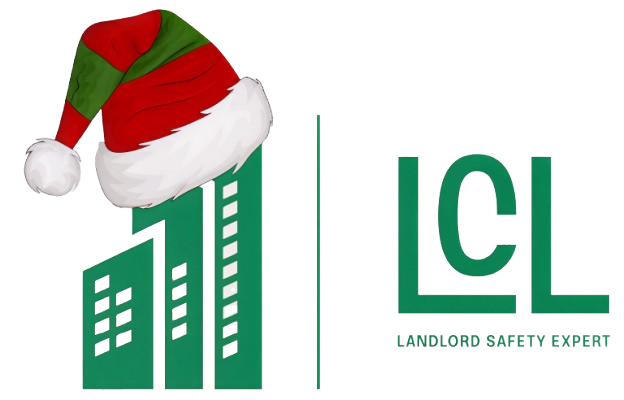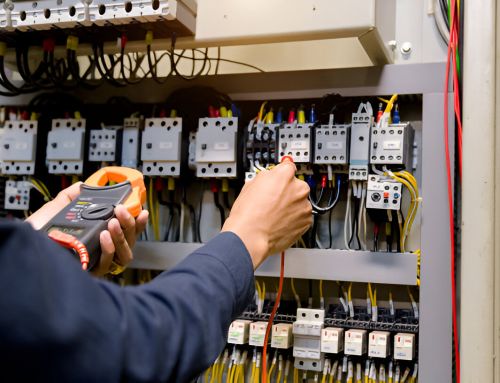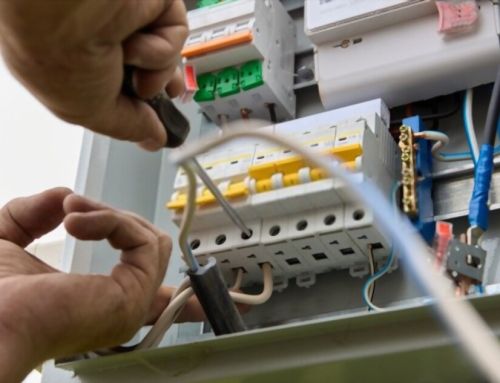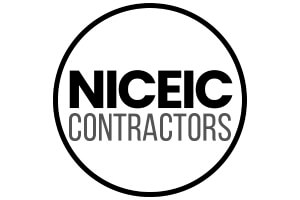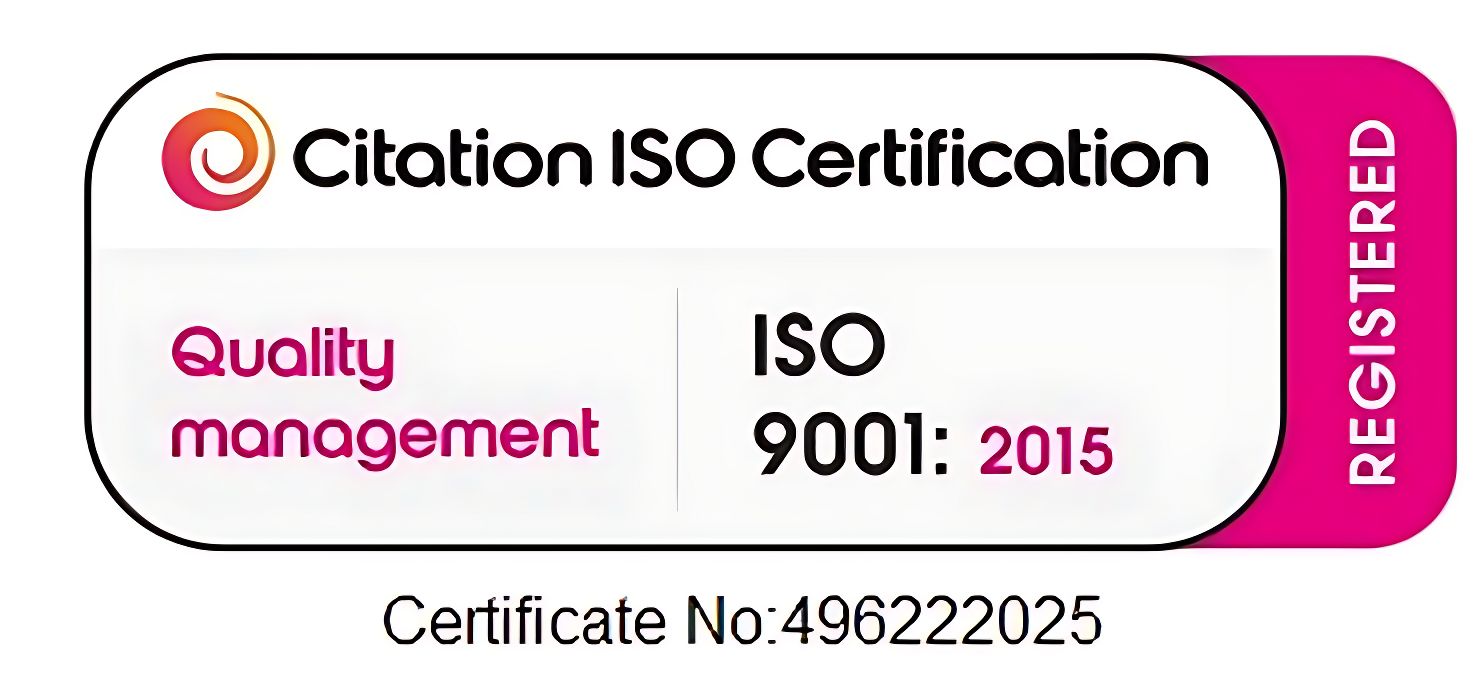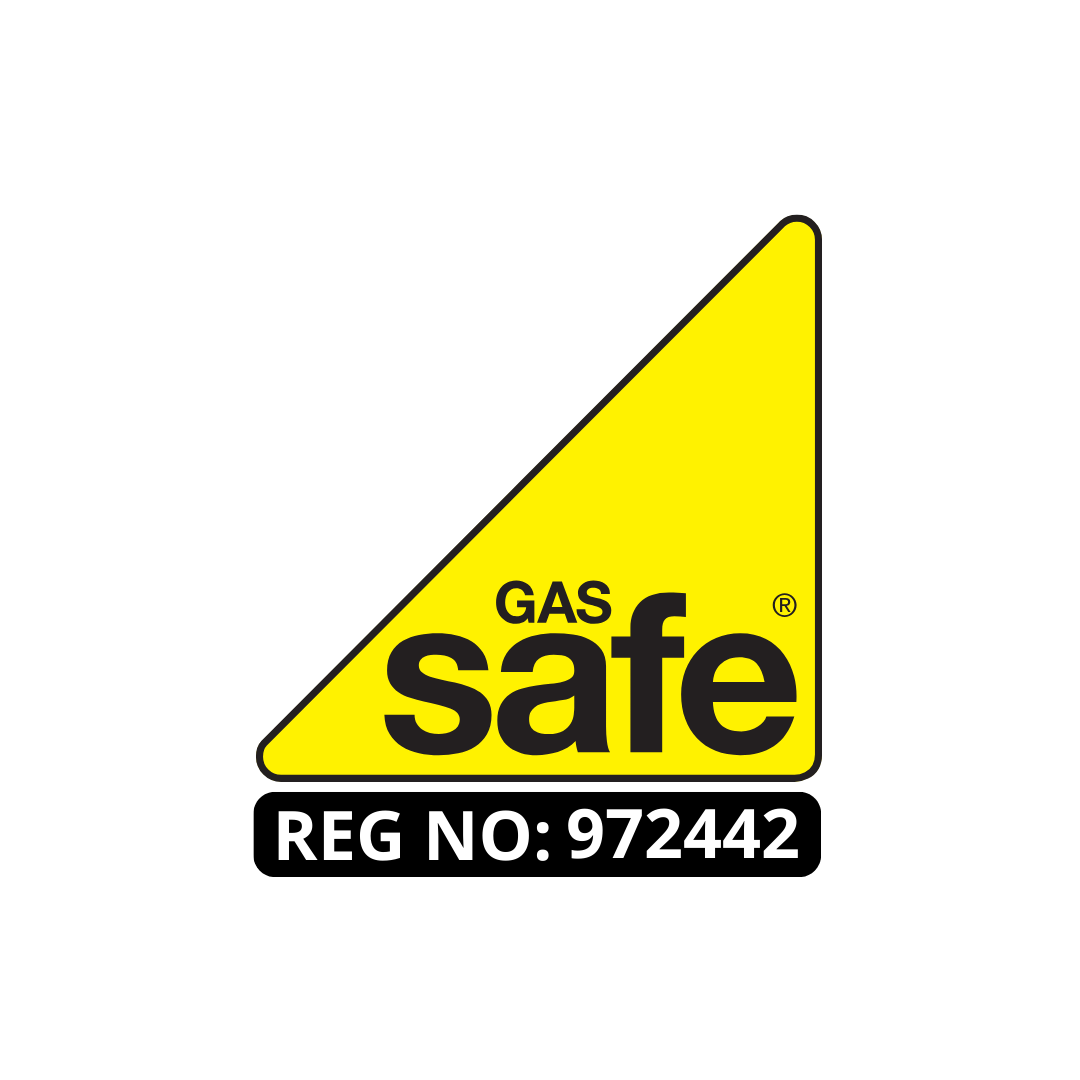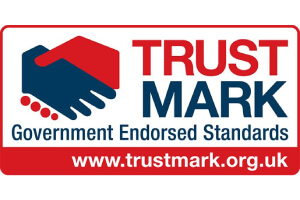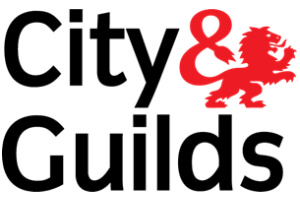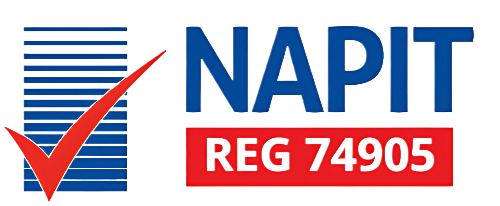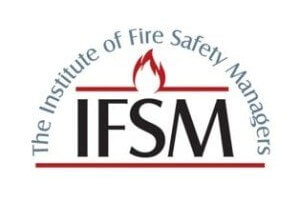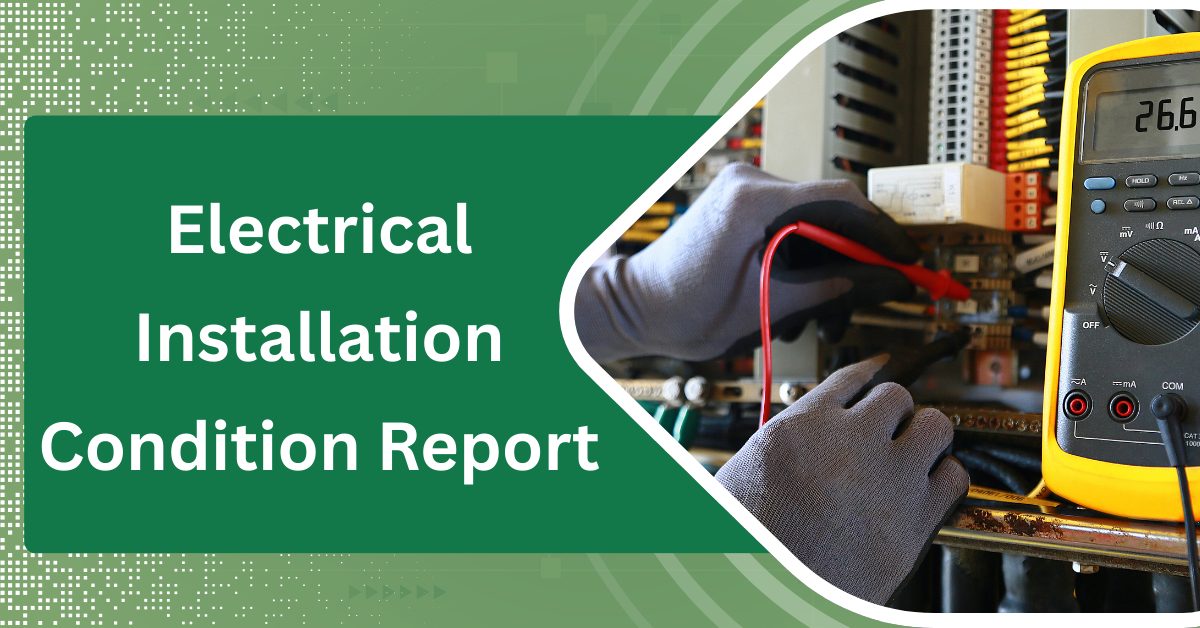
To book EICR, property owners should first research qualified inspectors who adhere to regulatory standards. Documentation such as previous EICRs and electrical layouts should be gathered to facilitate the process. It is important to establish a timeline that minimizes disruption while ensuring the availability of qualified electricians. Clear communication regarding expectations and any specific concerns will enhance the booking process. Further insights into EICR’s importance and inspection processes can improve understanding of this critical assessment.
Key Takeaways
- Research qualified electricians to ensure they are certified for EICR compliance before booking your inspection.
- Gather relevant documentation, including previous EICRs and electrical layouts, to facilitate the assessment process.
- Establish a timeline for scheduling the EICR to minimize disruptions to your daily operations.
- Communicate specific expectations and areas of concern clearly with the chosen electrician for accurate evaluations.
- Keep previous EICRs accessible for reference and ensure all communications with the service provider are clear.
What Is an Electrical Installation Condition Report (EICR)?
An Electrical Installation Condition Report (EICR) serves as a thorough assessment of the safety and performance of electrical installations within a property.
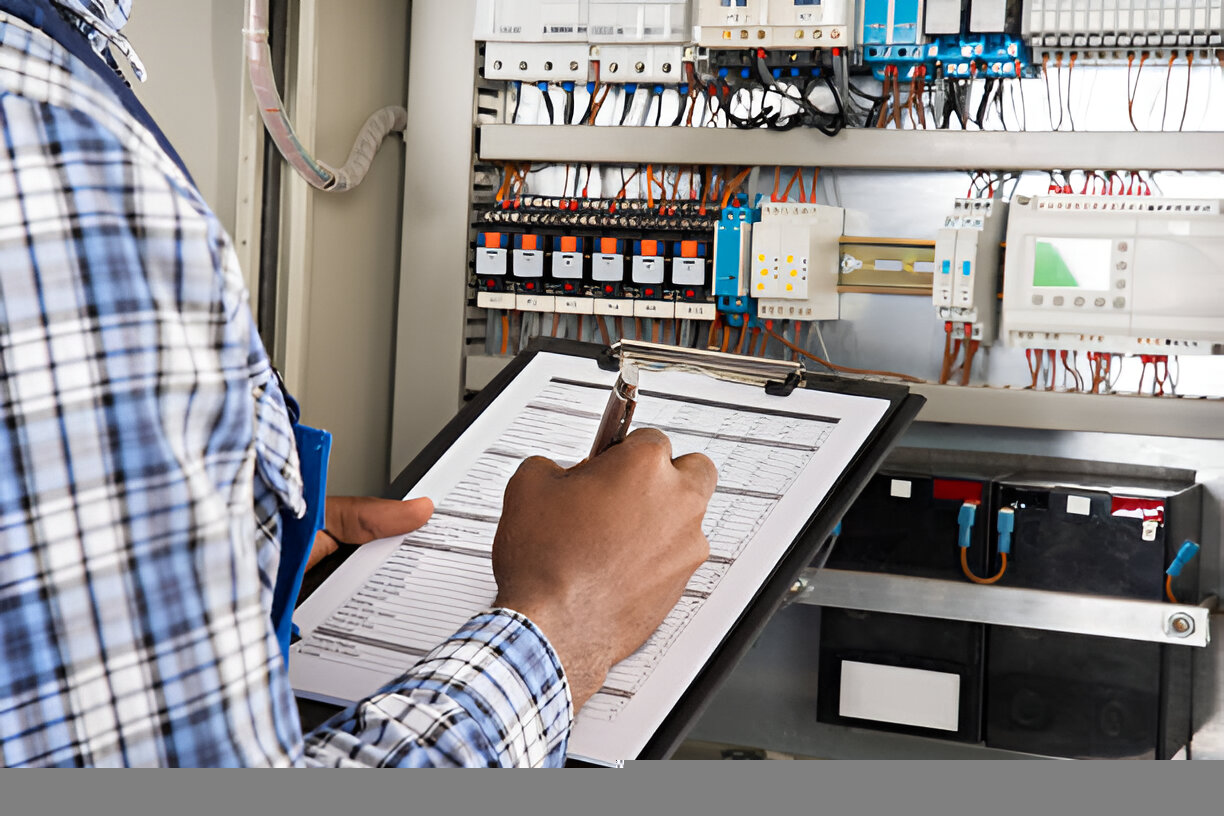
This document evaluates compliance with current regulations and identifies potential hazards, thereby ensuring electrical safety. The importance cannot be overstated; it aids in proactive maintenance and risk mitigation, safeguarding occupants from electrical failures.
The EICR process encompasses visual inspections, testing of fixed wiring, and analysis of circuit performance, culminating in a detailed report outlining necessary remedial actions.
Ultimately, an EICR is essential for maintaining high standards of electrical safety and legal compliance in any property.
Why Is an EICR Necessary for Property Owners?
Property owners must recognize the critical importance of obtaining an Electrical Installation Condition Report (EICR) to guarantee the safety and reliability of their electrical systems.
An EICR provides essential insights into the condition of electrical installations, identifying potential hazards and deficiencies that could compromise property safety.
The benefits of an EICR extend beyond immediate safety; they include enhanced property value, reduced liability risks, and compliance with industry standards.
Legal Requirements for EICR Inspections
The legal framework governing Electrical Installation Condition Reports (EICR) outlines specific regulations that mandate their execution in various contexts.
Compliance with these regulations necessitates adherence to stipulated frequencies for inspections, which are critical for ensuring electrical safety.
Understanding these legal requirements is essential for property owners and managers to mitigate risks associated with electrical hazards.
EICR Regulations Overview
While compliance with EICR regulations is essential for guaranteeing electrical safety, these legal requirements establish clear guidelines for inspections across various property types.
Understanding these regulations is critical for property owners and managers to achieve EICR compliance standards effectively.
- Guarantees adherence to safety protocols
- Protects tenants and property from electrical hazards
- Facilitates insurance claims and legal defenses
- Enhances property value through documented inspections
Frequency of Inspections
Regular inspections of electrical installations are mandated by law to guarantee ongoing safety and compliance with EICR standards.
The frequency of these inspections is determined by specific inspection intervals, which can vary based on the type of property and its usage. Generally, domestic properties require an EICR every five years, while commercial establishments may necessitate more frequent evaluations.
A thorough risk assessment is essential in establishing these intervals, as it identifies potential hazards and informs the necessary frequency of checks.
Adhering to these legal requirements ensures that electrical systems remain safe, reliable, and in line with current regulations.
The EICR Inspection Process Explained
The EICR inspection process involves several critical stages, beginning with thorough preparation to guarantee that all necessary information and tools are available.
Following this, the inspection procedure encompasses systematic testing and assessment of electrical installations to identify potential hazards.
Finally, the findings are compiled into a report that includes recommendations for remedial actions based on the observed conditions.
Preparation for EICR
Preparation for an Electrical Installation Condition Report (EICR) involves a systematic approach to confirm that all elements of the electrical installation are thoroughly evaluated.
A detailed preparation checklist is essential to guarantee nothing is overlooked, and the inspection timeframe is adhered to efficiently.
- Verify that all electrical documentation is available.
- Conduct a preliminary visual inspection of installations.
- Identify and rectify any immediate safety hazards.
- Schedule the EICR at a time that minimizes disruption.
This meticulous preparation lays the foundation for a successful EICR, confirming compliance with regulatory standards and enhancing overall electrical safety.
Inspection Procedure Overview
Following the meticulous groundwork laid in preparation, the inspection procedure for an Electrical Installation Condition Report (EICR) involves a thorough assessment of the electrical system’s integrity and safety.
Adhering to established inspection standards, qualified professionals employ various testing methods to evaluate critical components such as wiring, circuit breakers, and protective devices.
Visual inspections complement testing, guaranteeing all aspects meet regulatory compliance. The process meticulously identifies potential hazards, such as overloads or deterioration, thereby establishing a detailed understanding of the installation’s condition.
This systematic approach guarantees that the electrical system operates safely and efficiently, safeguarding both property and personnel.
Reporting and Recommendations
A thorough EICR report encapsulates the findings of the inspection, detailing the condition of the electrical installation and identifying any deficiencies or hazards.
Adhering to established reporting standards, the report should also provide clear recommendation strategies for necessary remedial actions.
- Identification of immediate safety concerns
- Recommendations for compliance with current regulations
- Prioritization of repairs based on severity
- Guidance on maintenance practices to prevent future issues
This structured approach guarantees that stakeholders understand the implications of the findings and can effectively address any identified risks, thereby enhancing the overall safety and integrity of the electrical system.
Common Issues Identified in EICR Assessments
While conducting an Electrical Installation Condition Report (EICR) assessment, several common issues frequently arise, highlighting potential hazards and compliance failures within electrical systems.
Typical findings include common electrical faults such as inadequate earthing, undersized conductors, and aging insulation. These deficiencies often lead to safety compliance issues, posing risks like electric shock or fire hazards.
Moreover, improper labeling of circuits and non-compliance with local regulations are frequently noted, indicating a lack of due diligence in maintenance.
Addressing these issues is critical for ensuring both the safety of occupants and the integrity of the electrical installation, facilitating long-term operational reliability.
How to Choose a Qualified EICR Inspector
How can one guarantee the selection of a qualified EICR inspector? Ensuring the competency of an inspector necessitates a thorough evaluation of their credentials and experience.
Key factors to take into account include:
- Verified EICR qualifications and certifications
- Demonstrated inspector experience in diverse electrical installations
- Positive client testimonials and references
- Compliance with the latest electrical safety regulationseicr stan
How Often Should You Book an EICR?
The frequency of booking an Electrical Installation Condition Report (EICR) is influenced by several factors, including the type of property, usage, and the age of the electrical installation. Regular assessments guarantee compliance with safety standards, thereby underscoring the importance.
| Property Type | Recommended Interval | EICR Costs Estimate |
|——————-|———————|———————–|
| Residential | Every 5 years | £ 67.99 |
| Commercial | Every 5 years | £149.99 |
| Industrial | Annually | £300 – £800 |
| Let Properties | Every 5 years | £100 – £200 |
These intervals reflect best practices for electrical safety management.
Steps to Book Your EICR Efficiently
To guarantee a smooth booking process for an Electrical Installation Condition Report (EICR), property owners should follow a structured approach that prioritizes organization and clarity.
Implementing effective booking tips facilitates efficient scheduling and enhances overall outcomes. Key steps include:
- Research qualified electricians to ascertain compliance with regulations.
- Gather relevant documentation such as previous EICRs and electrical layouts.
- Establish a clear timeline for scheduling inspections to minimize disruptions.
- Communicate expectations clearly with the chosen service provider to guarantee alignment on report requirements.
About the Author: LandlordCertificate
Related Posts
Get Social
Recent Posts
- Gas Safety Certificates: A Complete Guide for Property Professionals
- Fire Risk Assessment: Why Every Building Needs a Safety Blueprint
- Fire Safety Inspection: Ensuring Your Property is Safe
- Fire Safety Service Misconceptions That Put Landlords at Risk in the UK
- Compliance value of asbestos management survey
